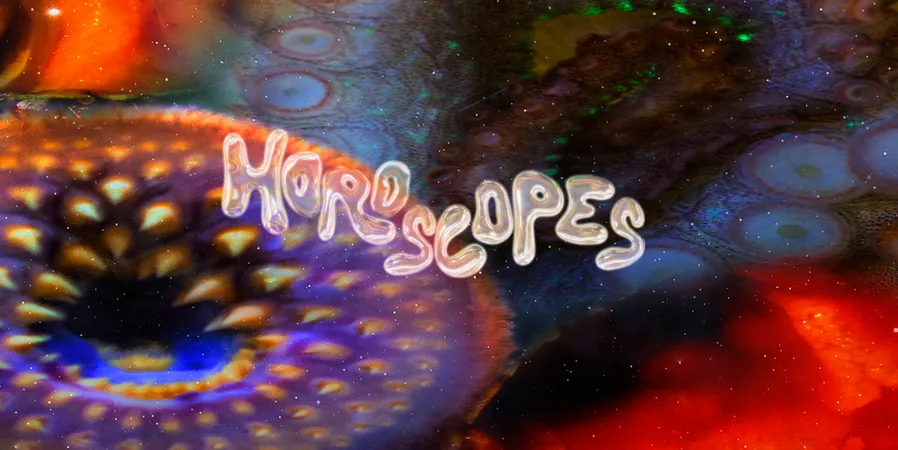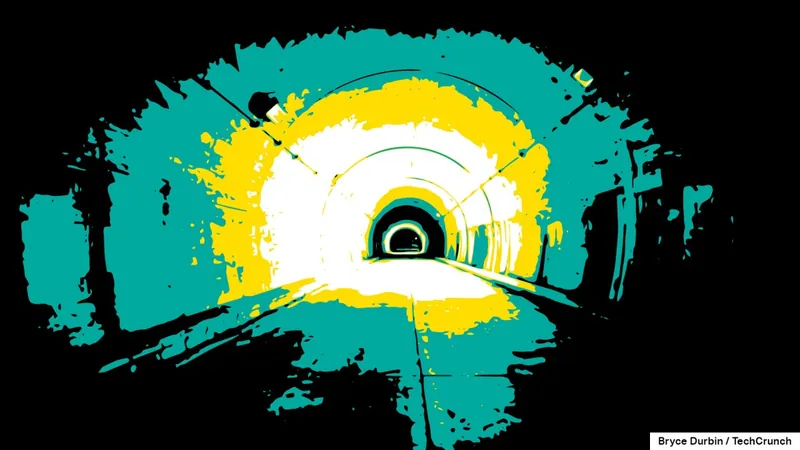
The Dance of Understanding: Rethinking Autism Through Interpersonal Dynamics
2024-09-30
A Unique Experiment
In examining these interpersonal dynamics, Dumas and his team conducted an innovative experiment focused on hand movements. They compared pairs of neurotypical individuals with interactions between a neurotypical person and an individual with autism. Participants were filmed as they saw their partner's movements on a screen, allowing them the freedom to imitate gestures or act independently.
Using EEG hyperscanning—a technique that records brain activity across multiple subjects—the research team discovered intriguing patterns. This method revealed that brain activity tends to oscillate at similar frequencies during social engagements, yet this synchrony was less pronounced between neurotypical and autistic participants.
Findings That Challenge Assumptions
The research concluded that individuals with autism exhibit less immediate synchrony in their movements compared to pairs of neurotypical individuals. While their ability to reproduce gestures was on par, they were generally more inclined to follow rather than lead in these interactions. “We found that autistic subjects could match their partner's behavior, but they were less likely to initiate movements,” explains Dumas.
This finding suggests a nuanced understanding of autism, indicating that the condition may be inherently relational rather than solely an individual disorder. Dumas challenges the notion that difficulties in social interaction lie solely with the person with autism. “Impaired social interaction is bidirectional. When a neurotypical person struggles to understand someone on the autism spectrum, we don't label them as having a deficit in social cognition; it’s a shared responsibility,” he emphasizes.
A Call for Change
Dumas advocates for a broader perspective on autism that acknowledges the diversity of social interactions. By reframing autism as a relational condition, he aims to foster a more inclusive approach to mental health. This shift in understanding can lead to enhanced support systems that benefit everyone involved in the interaction, encouraging a cooperative atmosphere for all parties.
The Future of Autism Research
The implications of Dumas's findings extend beyond academic circles. They signal a need for a greater emphasis on education and awareness about autism in society. As we embrace this interpersonal perspective, we pave the way for more effective communication strategies, tailored therapeutic approaches, and inclusive environments that recognize and celebrate differences rather than stigmatize them.
In a world that thrives on connection, recognizing the complexity of our interactions is essential in redefining not just how we view autism, but how we can better support individuals across the spectrum. Don't miss out on this revolutionary understanding—join the conversation on how we can all improve our social engagements!









 Brasil (PT)
Brasil (PT)
 Canada (EN)
Canada (EN)
 Chile (ES)
Chile (ES)
 España (ES)
España (ES)
 France (FR)
France (FR)
 Hong Kong (EN)
Hong Kong (EN)
 Italia (IT)
Italia (IT)
 日本 (JA)
日本 (JA)
 Magyarország (HU)
Magyarország (HU)
 Norge (NO)
Norge (NO)
 Polska (PL)
Polska (PL)
 Schweiz (DE)
Schweiz (DE)
 Singapore (EN)
Singapore (EN)
 Sverige (SV)
Sverige (SV)
 Suomi (FI)
Suomi (FI)
 Türkiye (TR)
Türkiye (TR)